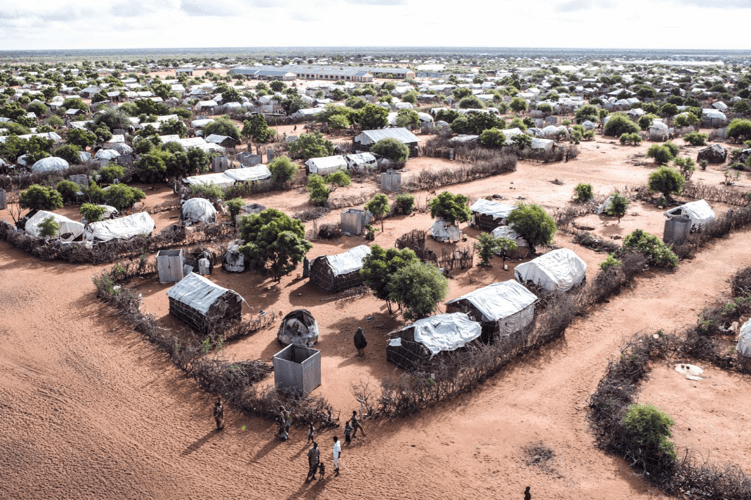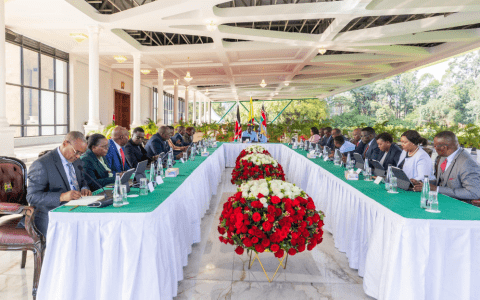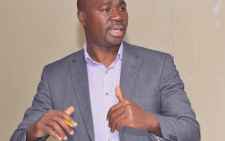Dadaab, Kakuma camps to acquire municipality status

Dadaab and Kakuma refugee camps will be redesigned into municipalities to reduce reliance on humanitarian help from host governments by refugees.
The Kenya government, the respective county governments, and the UNHCR have formally adopted the planned integration with local communities.
As municipalities in the proposed integration, the current refugee camps will be restructured into modern urban centers with the requisite infrastructure such as roads, water, sewer systems and other necessities.
The Shirika Plan, to be launched in November, will result in redesigning the camps in Garissa and Turkana counties.
As a result, refugees will be absorbed into municipalities within the host communities, and the latter will benefit from enhanced socioeconomic investments, including schools, health facilities, roads, and modern markets.
Immigration Principal Secretary Julius Bitok said the focus now will shift to mobilising resources to implement the Shirika Plan with phase one of the four-year project estimated to cost of US$943 million (Sh115.6 billion).
Donor partners
“This money will come from different partners and donors, including governments and the private sector. It will be channeled not only through the government but also through international NGOs, county governments, ministries, and departments such as the Ministry of Lands,” the PS said.
The PS revealed that the necessary framework to support the implementation of the Shirika Plan is already in place.
He added: “The enactment of the Refugee Act 2021 gave us the foundation. We also have the gazettement of regulations to operationalise the Act. We have gazettement of documents used by refugees. The government has made a lot of progress in ensuring there is a legal and regulatory framework to support Shirika Plan.”
To anchor the integration, the Turkana and Garissa county governments have also gazetted Dadaab and Kakuma as municipalities to anchor the necessary planning and infrastructure upgrading.
Favour mobility
The settlements will be repurposed to favour mobility, freedom of movement, economic inclusion, and refugee participation in the country’s development processes.
The Shirika Plan National Steering Committee comprises of the governors of Nairobi, Garissa, and Turkana and at least 17 PSs from state departments critical to implementing refugee integration.
These departments include the Interior, Treasury, Health, Lands, Water, Housing, Education, and Foreign Affairs.
Interior PS Raymond Omollo said the integration of refugees among host communities will enhance local and national security.
“It represents an innovative approach to refugee camps into integrated settlements that support the social economic inclusion of refugees and host communities thereby enhancing national security and cohesion,” PS Omollo said.
His foreign affairs counterpart, Korir Sing’Oei, also said the Shirika Plan is a realistic appreciation of refugees’ social-economic potential.
“We have embraced a paradigm shift that no longer views a refugee as a burden that should be repatriated as soon as possible. Rather, we want to harness their skills and industry in ventures that are profitable to themselves and our country,” Sing’Oei said.
Turkana Governor Jeremiah Lomurakai said the Shirika Plan will address concerns that development partners concentrate on funding refugees at the expense of host communities.
“There should be imperative balance when it comes to resource sharing, employment and many other things between the host community and refugees,” the governor said.
The UN Resident Coordinator in Kenya Stephen Jackson and Kenya’s Representative for UNHCR Caroline van Buren promised to support the implementation of the Shirika Plan.



